The following article is courtesy of the National Milk Producers Federation:
Though the COVID-19 pandemic is far from over, some light seems to be appearing at what may be the end of a very long tunnel. Vaccinations are moving ahead; caseloads have fallen dramatically from winter; and even if a better “new normal” isn’t quite here yet, “more normal” seems achievable, perhaps in just a few months.
Dairy farms, as always, are doing their part to serve, and to lead. It’s part of the cooperative spirit that defines the sector, one that, for all the talk of consolidation, remains dominated by family farms. Today, 95 percent of U.S. dairy farms are family-owned and operated. Many of them of multigenerational; all are critical contributors to rural economies.
Dairy farmers and the cooperatives they own have contributed to those communities throughout the pandemic. In 2020, farmers and dairy companies partnered with local food banks to deliver 469 million pounds of dairy – including milk, cheese and yogurt – to families in need through Feeding America alone. This doesn’t count the thousands of acts that go unrecorded, but not unnoticed, by those affected. Dairy farmers and their co-ops also, by supplying a nutritious product 24/7, 365-days-a-year, have helped keep food supply chains operating while supporting an industry that, in total, supports roughly three million jobs, one million directly and two million indirectly.
As challenges have evolved, so has dairy’s ability to respond. Federal coronavirus legislation includes a dairy donation program that should make dairy-related food assistance even more readily available to those who need it. And dairy cooperatives are lead in new challenges, such as vaccinations. The National Milk Producers Federation has published a “Dairy Farmers Guide to the COVID-19 Vaccine Rollout,” with links to every state’s efforts as well as advice on vaccine programs for farmers and farm workers that’s tailored to their needs. These efforts supplement other NMPF-led materials created to navigate the crisis, ensuring that the U.S. dairy sector remains an example of positive, proactive response in domestic and international agriculture.
Traveling through the tunnel sometimes means leading the way. Doing its part – and leading – on agriculture’s response to the COVID-19 pandemic, from local acts to global impacts, has been dairy’s mission throughout the crisis. It’s consistent with its other areas of leadership – from sustainability to nutrition to support for science-based rigor. And that focus will continue, until the brighter days return.

